Reviewed by Julianne Ngirngir
When you're holding a Nothing phone, that sleek transparent back and those signature Glyph lights create an immediate sense of owning something different. Nothing achieved 577% YoY growth in India in 2024 and sold over 7 million devices globally, which tells you plenty of people are drawn to Carl Pei's vision of creating intuitive, seamless, and inspiring technology. But here's what's concerning: beneath that compelling brand story lies a growing trust problem that's becoming increasingly difficult to ignore.
The company has successfully positioned itself as the transparent alternative to boring smartphone design, literally and figuratively. Yet rapid growth often exposes underlying issues that weren't apparent at smaller scales—and as Nothing pushes into premium pricing territory while fundamental durability and software issues persist, the gap between brand promise and actual delivery is widening. We're not talking about typical growing pains here, but fundamental questions about whether Nothing can maintain the trust they've built as they scale upmarket and face intensifying competition.
The durability problem hiding in plain sight
Let's talk about the elephant in the room that Nothing's marketing glosses over. Their phones lag far behind competitive standards when it comes to basic protection, and we're not talking about minor compromises here. Every single Nothing smartphone is limited to IP54-tier dust and water resistance, which means they can only handle "splashing water" but can't withstand water jets or immersion.
The Nothing Phone 2 costs around $550, putting it squarely in mid-range territory where IP54 protection violates basic market expectations. Most competitors at this price point offer IP67 or IP68 ratings, which provide genuine water resistance for everyday scenarios like getting caught in rain or accidentally dropping your phone in water. At $550, consumers rightfully expect their device to survive a brief dunk in a puddle—something Nothing phones simply can't guarantee.
The real-world consequences are both visible and expensive. Users report water droplets or fog-like formations inside the transparent chassis after minimal water exposure—ironically, the transparent back that makes Nothing phones distinctive also makes these failures highly visible. Even worse, dust entry has become the top complaint among Nothing smartphone adopters.
The implications extend beyond cosmetic concerns. Water ingress can degrade camera output and sometimes cause phones to stop working entirely, potentially turning a minor exposure incident into a complete device failure requiring expensive out-of-warranty repairs or replacement.
Software promises vs. delivery reality
Nothing's software story reveals another dimension of the trust problem, particularly around their ability to deliver timely updates—a critical factor for device security and longevity. The Nothing Phone (1) was among the slowest companies to release Android 13, which doesn't exactly inspire confidence in their development resources or prioritization.
More concerning is their ongoing approach to security patches. Nothing consistently delivers updates one month behind the latest security patches, creating a persistent vulnerability window. While this beats manufacturers like Xiaomi, it falls short of the standards set by Google and Samsung—companies Nothing increasingly competes against on price and positioning.
The software itself reveals rushed development priorities that prioritize aesthetics over functionality. The launcher doesn't allow batch deletion of icons or entire home screens, creating genuine setup headaches. Imagine restoring 200+ apps and discovering you can't efficiently manage the resulting icon chaos—you'll need to remove them individually or resort to technical workarounds like clearing launcher data, something most users would never know to try.
Basic customization reflects similar limitations. There are absolutely no launcher settings aside from picking wallpapers and icon packs, creating what reviewers call a "too simplistic vibe." Rather than demonstrating thoughtful design restraint, these gaps suggest incomplete software development—a concerning pattern for a company positioning itself as a premium alternative.
The premium pricing paradox
Here's where Nothing's trust deficit becomes most apparent: their aggressive pricing strategy that demands flagship money for midrange performance. The Nothing Phone 3 costs $799, putting it in direct competition with flagship devices from Samsung, Google, and Apple. At this price point, consumers rightfully expect flagship performance and build quality.
Instead, they're getting a device with a Snapdragon 8s Gen 4 chipset that's 35% slower in CPU performance and 44% slower in GPU performance compared to true flagship processors. The display is LTPS rather than LTPO, lacking the adaptive refresh rate technology that provides better battery efficiency—a standard feature at this price point.
This creates a fundamental value proposition crisis. As one reviewer bluntly put it, Nothing is charging $800 for a device that falls short in some places compared to competitors. The company no longer undercuts its midrange competitors on price while still delivering midrange performance alongside below-average durability.
This pricing strategy particularly threatens Nothing's relationship with their core audience. They built their brand by targeting tech enthusiasts and design-conscious consumers with compelling designs at reasonable prices. Tech enthusiasts, however, are precisely the customers most likely to research specifications, compare benchmarks, and voice disappointment when premium pricing doesn't deliver premium performance across the board.
Support gaps that amplify problems
The durability issues become exponentially more problematic when you factor in Nothing's limited support infrastructure. Some owners complain about repairs being unavailable in their country due to lack of service centers. This creates a perfect storm: phones that are more likely to need repairs due to poor ingress protection, combined with limited repair options when problems inevitably arise.
The practical implications are severe. You buy a Nothing phone, it develops water damage or dust infiltration issues (both common complaints), and then you discover you can't get it repaired locally. You're potentially facing expensive international shipping, extended wait times, and complete loss of your primary communication device during repairs—assuming the company even honors warranty claims for water damage on IP54-rated devices.
This support gap erodes the fundamental trust relationship between Nothing and their customers. The company has successfully marketed themselves to early adopters and tech enthusiasts—exactly the type of users who understand hardware limitations but expect comprehensive support when things go wrong. When that support infrastructure fails to match the premium pricing and brand promises, it damages the very foundation that made them successful in the first place.
Where the transparency ends
Nothing built their entire brand around transparency—literally, with see-through phone backs, and figuratively, with open communication about their design philosophy. But they're becoming increasingly opaque about addressing the fundamental issues that affect daily usability, instead focusing marketing attention on flashy features while downplaying practical limitations.
The company continues pushing premium pricing while cameras have been weak in previous phones and durability remains subpar. Their marketing heavily emphasizes unique features like the Glyph Matrix with 489 individual LEDs while barely acknowledging the IP54 limitation that fundamentally affects how you can actually use the device.
The brand's impressive growth trajectory—crossing $1 billion in lifetime sales—suggests many users are willing to overlook these issues for now. There's definitely an audience for Nothing's aesthetic and approach, and the Glyph interface genuinely offers something different in a sea of similar-looking phones.
But as Nothing moves upmarket and faces intensified competition from established players, these trust deficits will become increasingly difficult to ignore. Premium pricing demands premium experiences across all dimensions—not just design innovation, but fundamental reliability, comprehensive software support, and robust customer service. The transparency that defined Nothing's early success needs to extend beyond see-through designs to honest acknowledgment and active resolution of where their products currently fall short.
The next 12-24 months will be critical for Nothing. They can either address these foundational issues while maintaining their design edge, or risk becoming another cautionary tale about startups that prioritized rapid growth and premium positioning over the basics that keep customers loyal. The question isn't whether Nothing makes interesting phones—they absolutely do. The question is whether they're building the complete ecosystem of reliability, support, and continuous improvement worthy of the trust and premium pricing they're asking consumers to commit to.






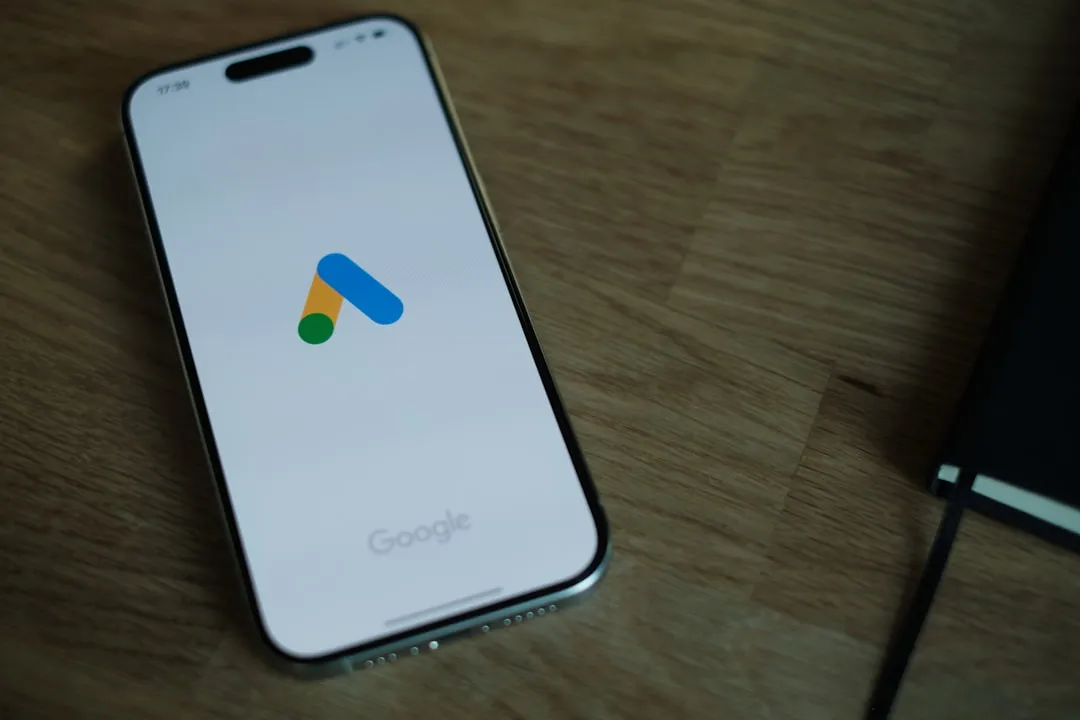







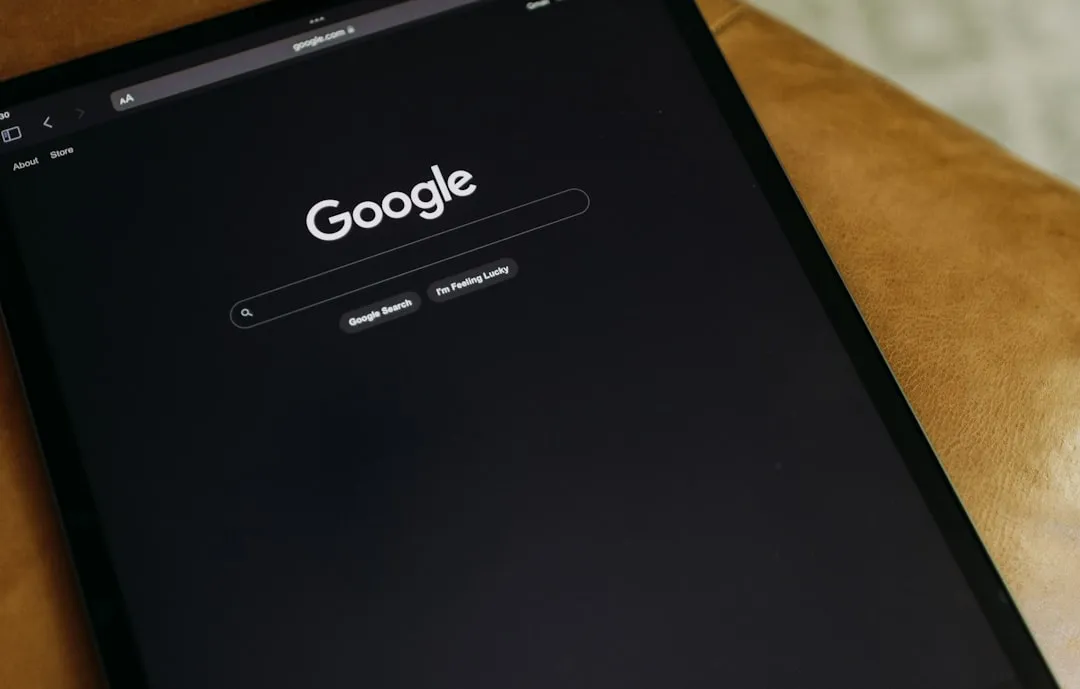
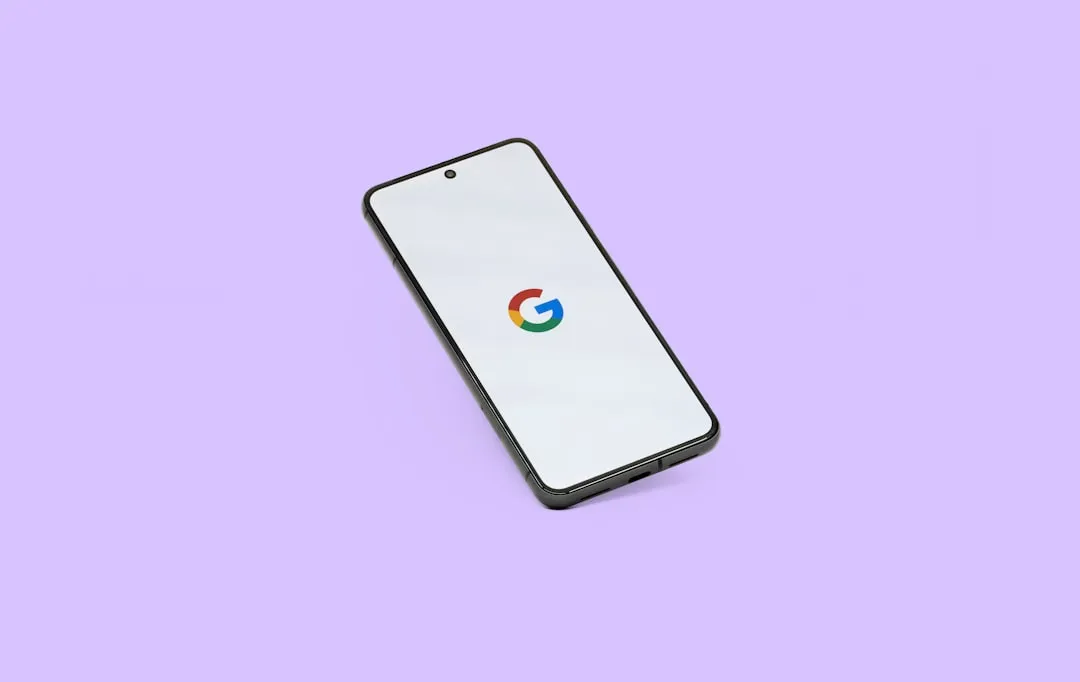
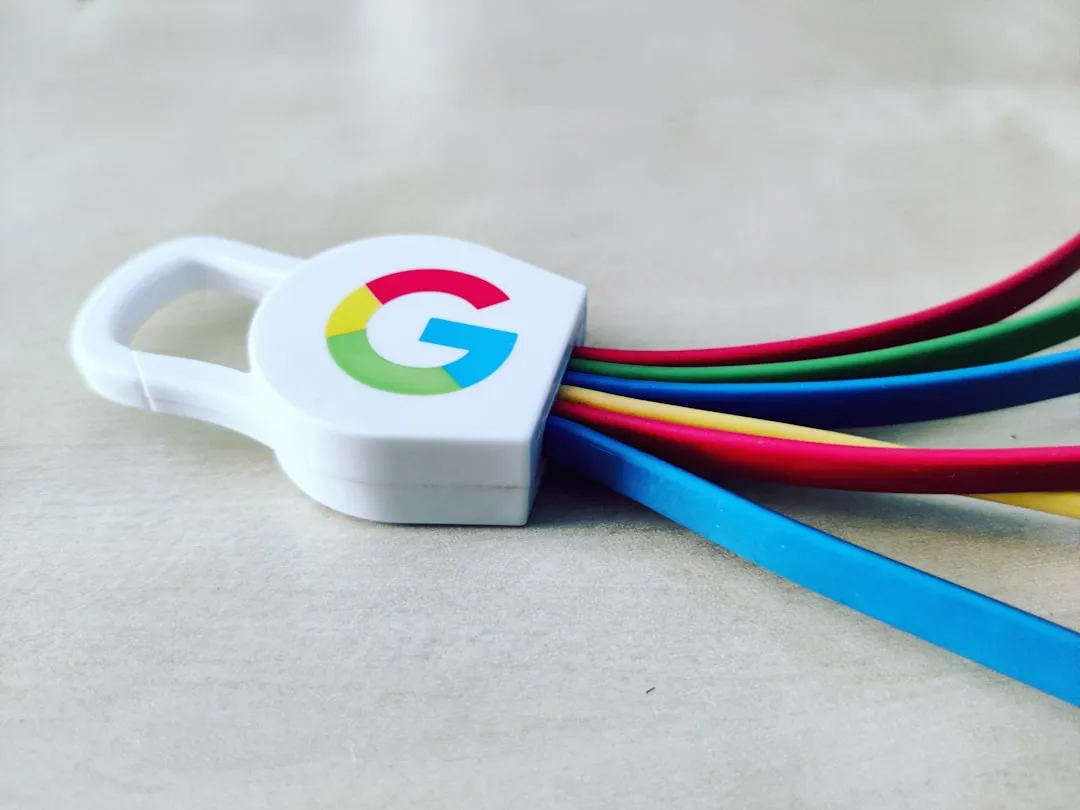
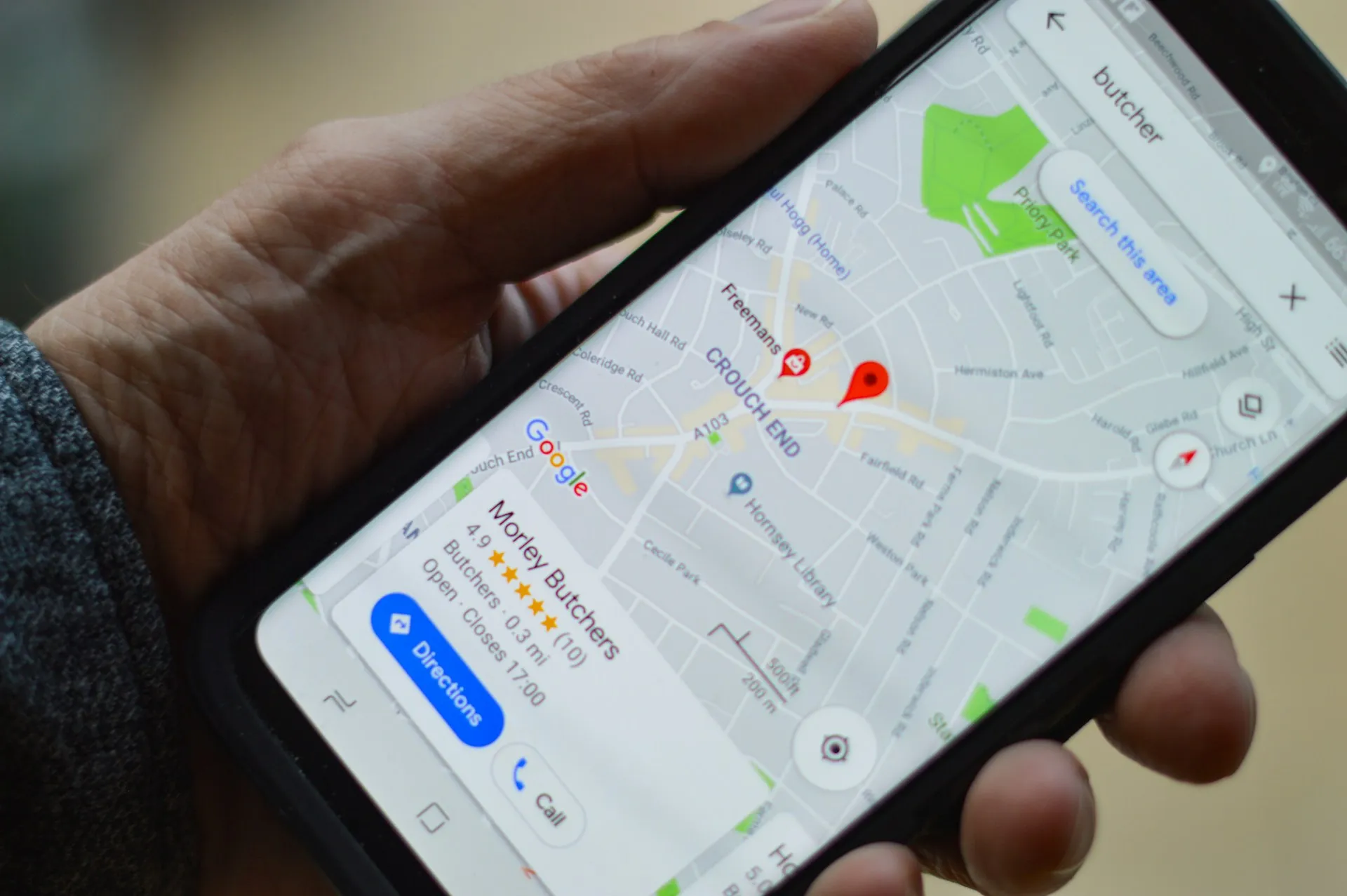
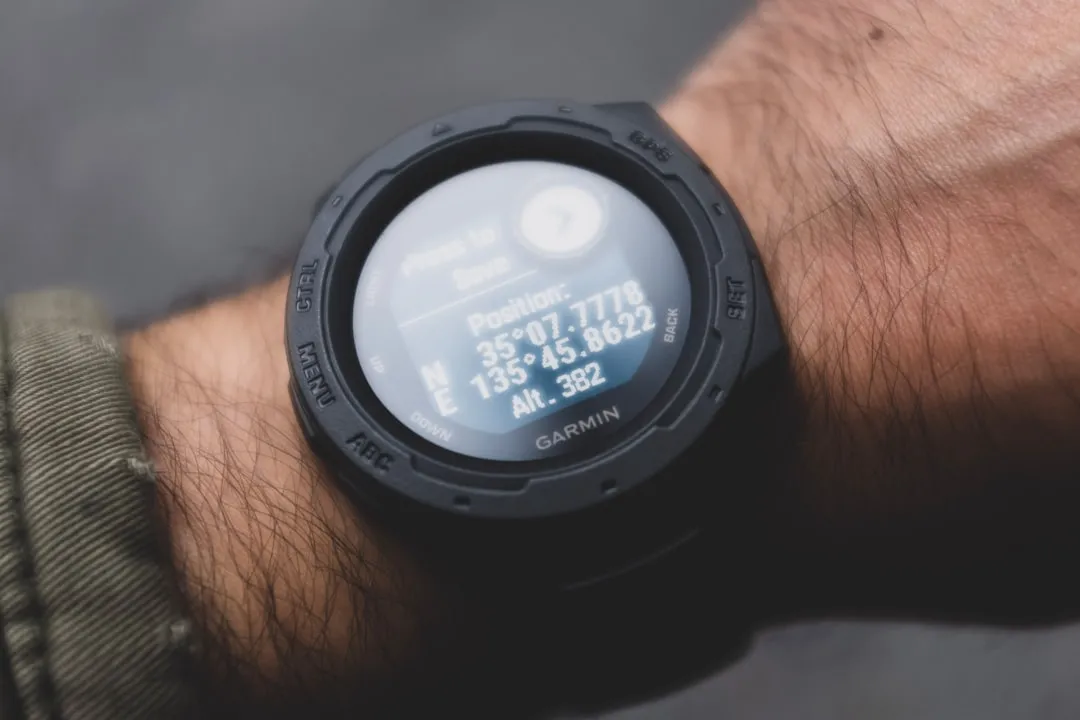


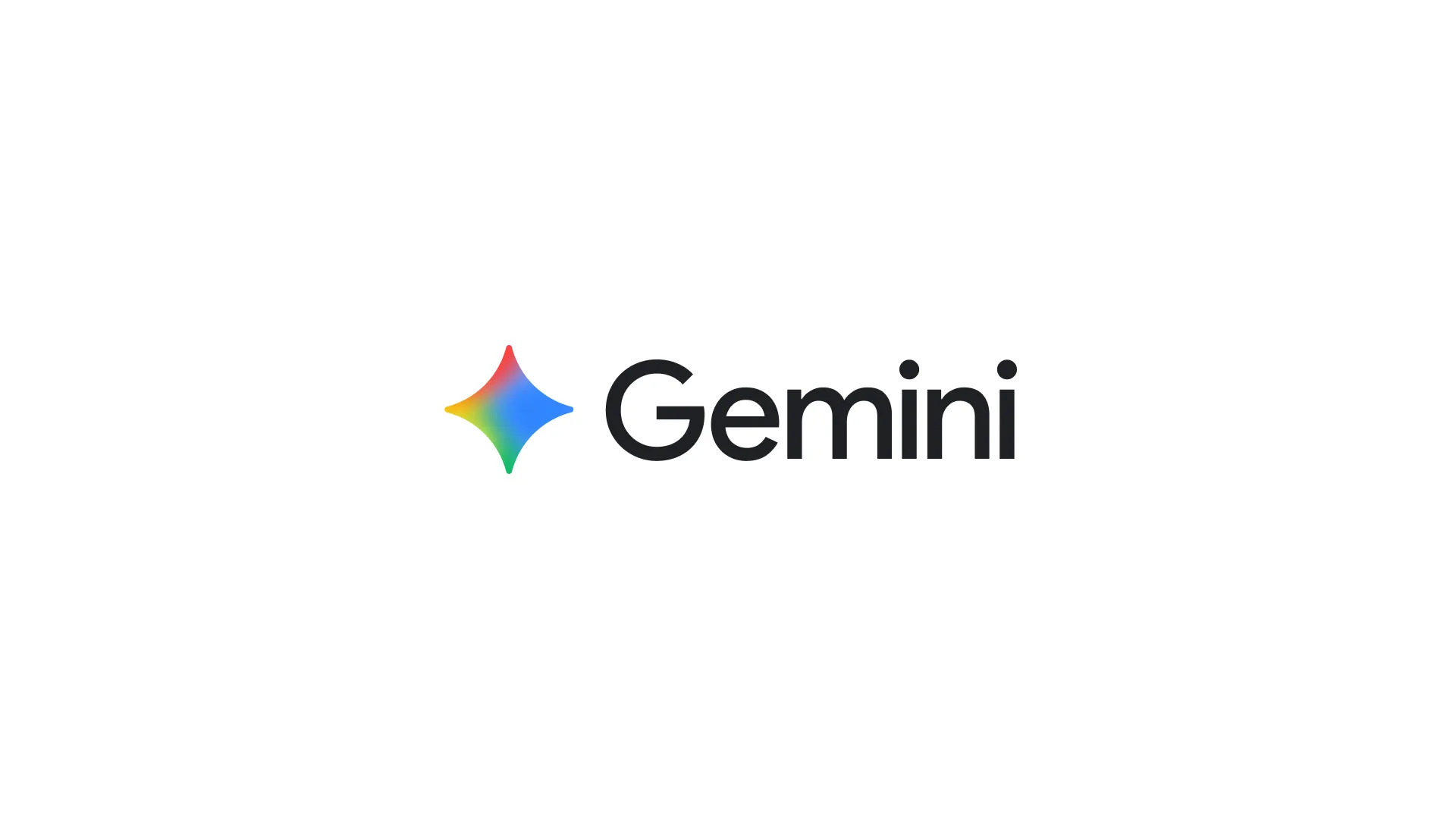
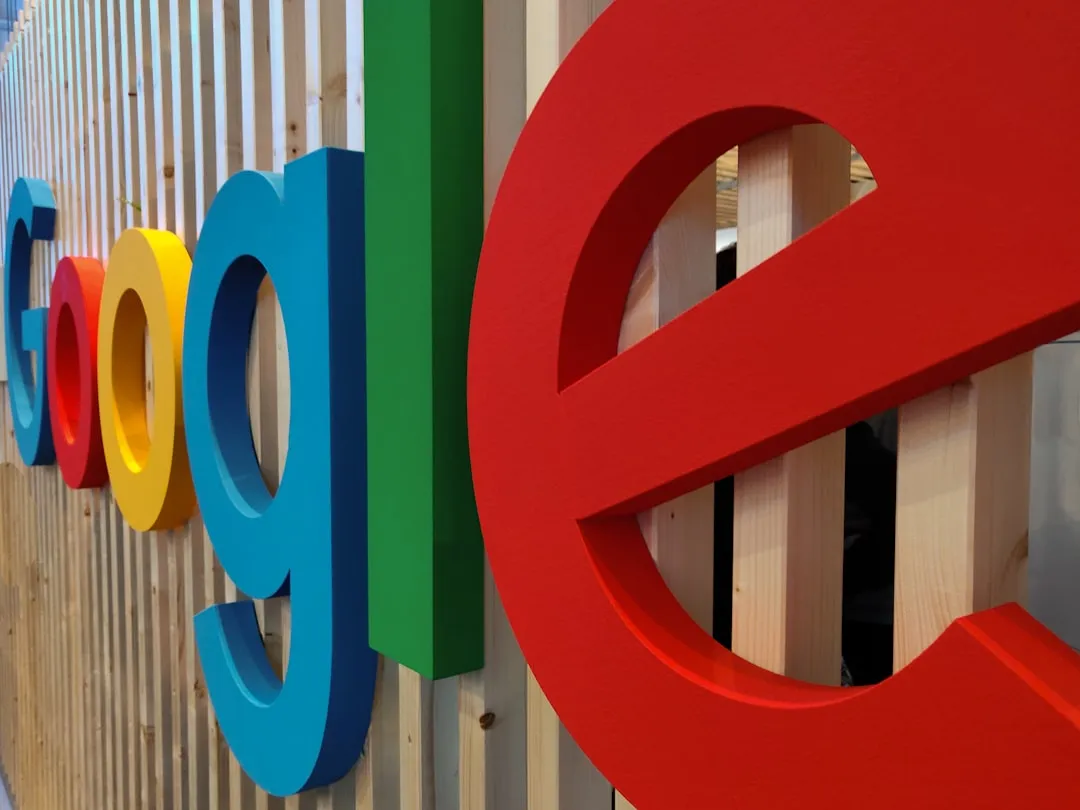
Comments
Be the first, drop a comment!